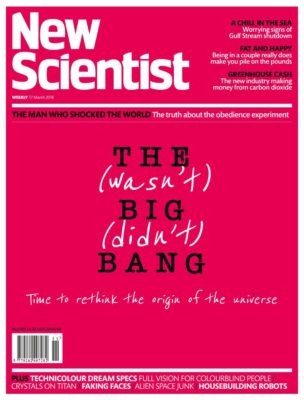Paris targets ‘more readily achievable’, Canadians say
The targets for climate change outlined in the Paris Accord are easier to achieve than commonly thought. That’s the claim of researchers in Canada, who have defined climate outlooks in a way that is both simple and easier to analyse.
The new definition relies on just two parameters – total energy use this century, and the carbon intensity of that energy – that can be mapped onto a phase-space diagram. By data-mining that phase space, the researchers found that current “business as usual” scenarios given by the Intergovernmental Panel on Climate Change (IPCC) assume increasing carbon intensity, or so-called re-carbonization – contrary to recent trends.
“By thinking that we’re definitely heading in a direction of re-carbonization before we institute climate policies, it makes climate policy that aims for de-carbonization look overly difficult,” said Justin Ritchie of the University of British Columbia. “If we update our outlook for business-as-usual, the necessary climate policies to guide a low-carbon transition appear far more achievable than previously thought.” […]
The rest of this article is available here.
 First hints are emerging of a universe that existed before our own: an alien world of chaos where time, space and geometry were yet to form
First hints are emerging of a universe that existed before our own: an alien world of chaos where time, space and geometry were yet to form